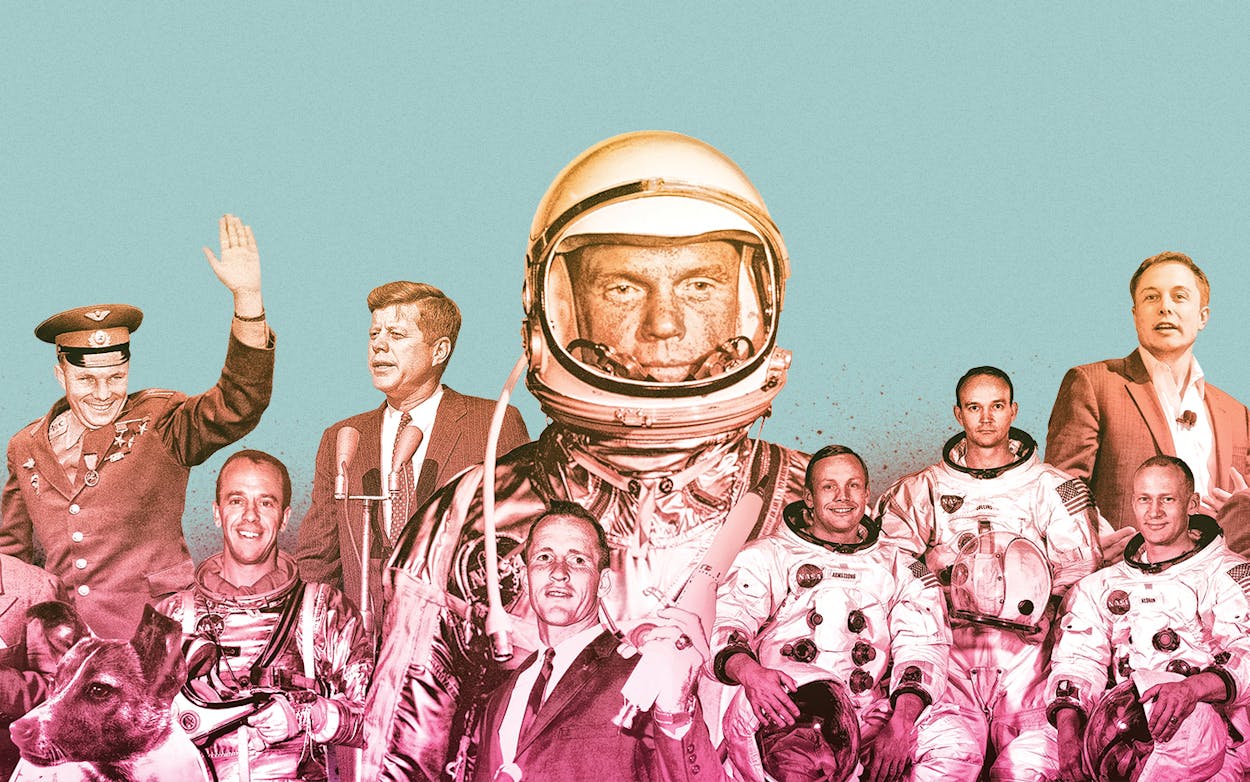4th century BC
The Greek mathematician Archytas creates a wooden pigeon that is propelled by escaping steam, an early example of rocket technology.
2nd century AD
The Syrian writer Lucian of Samosata publishes A True Story, a satirical novel that includes the first known fictional references to outer space travel.
1232
The Chinese become the first people to use gunpowder-fueled rockets for martial purposes.
1897
The Russian scientist Konstantin Tsiolkovsky correctly theorizes that rockets can function in a vacuum, unlike other forms of propulsion.
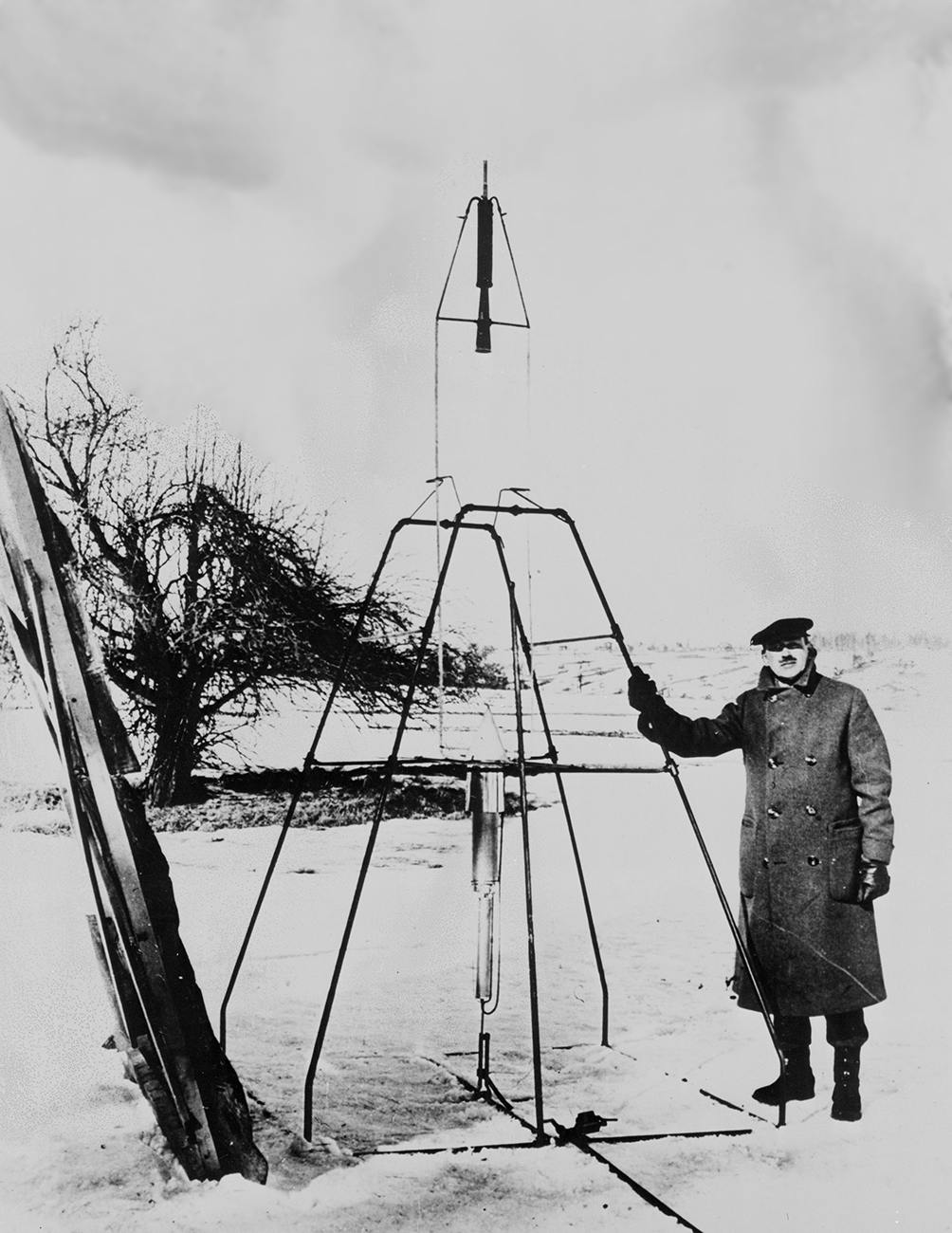
March 16, 1926
The American engineer Robert Goddard launches the first liquid-fueled rocket.
June 20, 1944
During World War II, Germany’s V-2 becomes the first craft to achieve spaceflight (usually defined as 62 miles above sea level). At the end of the war, many of the German rocket scientists who worked on it were recruited for the American and Russian rocket programs.
February 20, 1947
Fruit flies aboard a U.S. V-2 rocket become the first animals to travel in outer space.
October 4, 1957
The U.S.S.R. launches Sputnik I, the world’s first artificial satellite, starting the space race between the Soviet Union and the U.S.
November 3, 1957
Laika, a mixed-breed dog, becomes the first animal to orbit the earth. Hours later she also becomes the first animal to die in orbit.
<img alt="America first satellite, Explorer I. ” class=”size-full wp-image-599308″ height=”1300″ src=”https://www.texasmonthly.com/wp-content/uploads/2019/06/Timeline_195801.jpg” width=”1031″> America’s first satellite, Explorer I.
January 31, 1958
The U.S. launches its first artificial satellite, Explorer I.
October 11, 1958
NASA’s first spacecraft, Pioneer I, is launched from Cape Canaveral. Though it reaches outer space, a programming error prevents it from reaching the moon.
<img alt="Between December 1958 and April 1961, the Juno II launched space probes Pioneer III and IV, as well as Explorer satellites VII, VIII and XI.” class=”size-full wp-image-599309″ height=”1300″ src=”https://www.texasmonthly.com/wp-content/uploads/2019/06/Timeline_195901.jpg” width=”876″> Between December 1958 and April 1961, the Juno II launched space probes Pioneer III and IV, as well as Explorer satellites VII, VIII, and XI.
1959
The Soviet Union and the U.S. independently launch unmanned probes to the moon. The Soviets conduct the first flyby of the moon in January; the U.S. repeats the feat in March. In September a Soviet spacecraft intentionally crash-lands on the moon, becoming the first man-made object to touch the surface of another celestial body.
April 12, 1961
Yuri Gagarin, a Soviet cosmonaut, becomes the first human to reach space and complete one orbit of the earth.
May 5, 1961
Alan B. Shepard Jr. becomes the first American to reach space.
May 25, 1961
President John F. Kennedy announces his determination to put a man on the moon.
February 20, 1962
John H. Glenn Jr. becomes the first American to orbit the earth.
April 26, 1962
The Ranger 4 crash-lands on the moon, becoming the first U.S. craft to reach another celestial body.

March 18, 1965
Cosmonaut Alexei Leonov becomes the first person to conduct a space walk.
June 3, 1965
San Antonio native Edward H. White II becomes the first U.S. astronaut to conduct a space walk.
July 15, 1965
The American spacecraft Mariner 4 successfully conducts the first flyby of Mars.
February 3, 1966
The Soviet Union’s Luna 9 becomes the first spacecraft to make a soft landing on the moon.
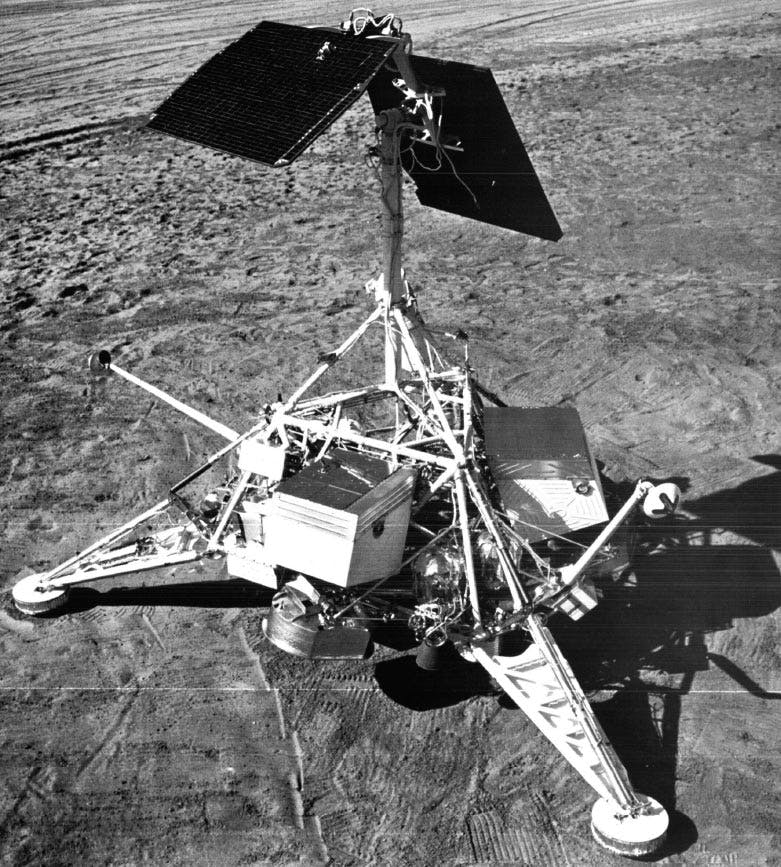
June 2, 1966
Surveyor 1 becomes the first American spacecraft to soft-land on the moon.
January 27, 1967
A flash fire breaks out during an Apollo 1 simulation at Kennedy Space Center, killing the three astronauts aboard.
April 24, 1967
The Soviet Union’s Vladimir Komarov becomes the first astronaut to die in-flight when his ship, Soyuz 1, crashes on its descent.
December 24, 1968
Apollo 8 becomes the first manned spacecraft to successfully orbit the moon.
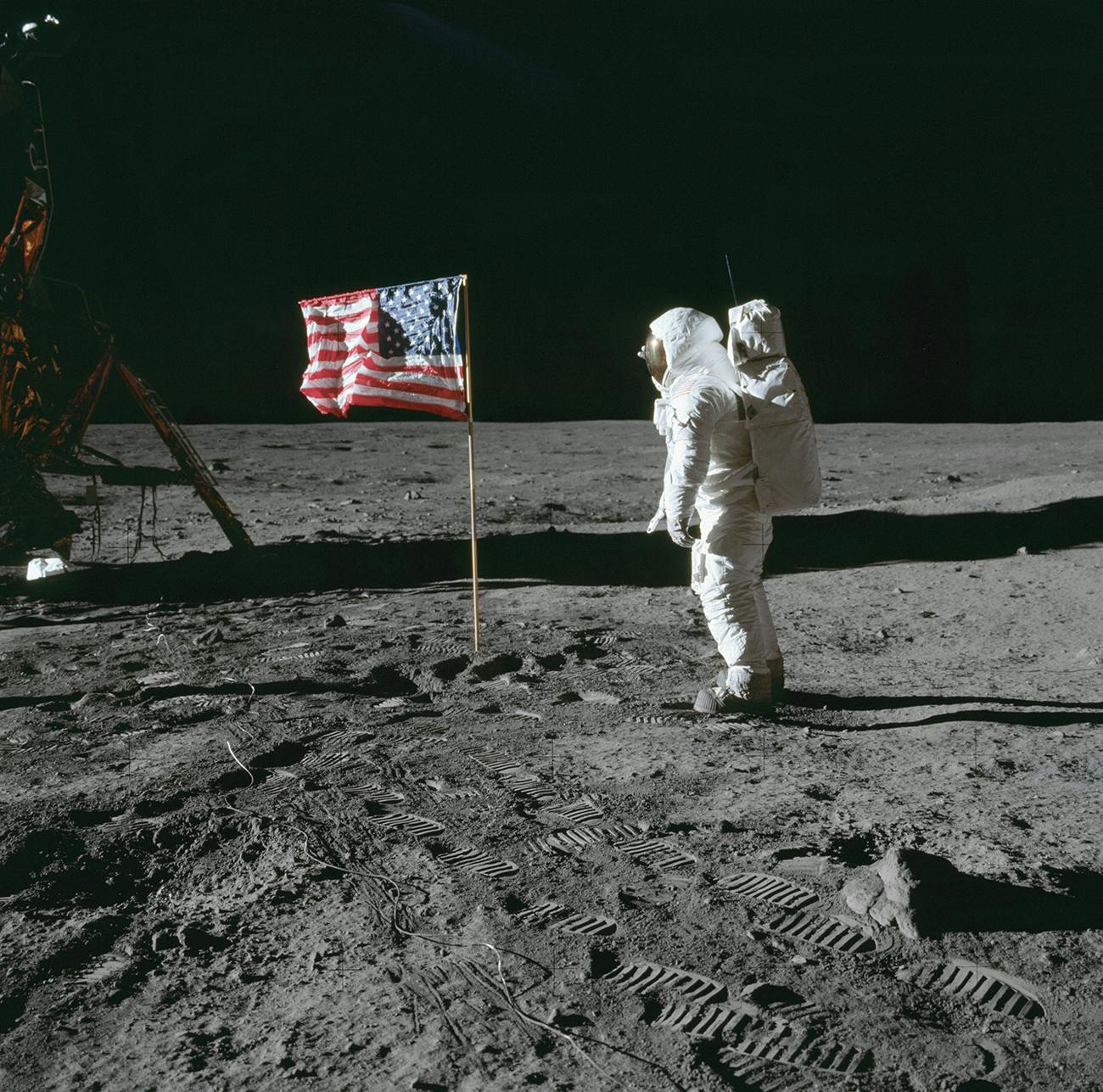
July 20, 1969
Apollo 11 becomes the first manned spacecraft to land on the moon.
April 17, 1970
The crew of Apollo 13 safely returns to Earth after the rupture of an oxygen tank damages several of the craft’s power, electrical, and life-support systems.
June 30, 1971
The three astronauts on the Soviet spacecraft Soyuz 11 become the first—and so far the only—people to die in space when their capsule depressurized prior to reentering Earth’s atmosphere.
November 13, 1971
The American spacecraft Mariner 9 becomes the first craft to orbit another planet, Mars.
November 27, 1971
The Soviet Union’s Mars 2 vehicle, which was expected to make a soft landing on Mars, crashes onto the planet’s surface, becoming the first spacecraft to touch another planet.
December 2, 1971
The Soviet Union’s Mars 3 becomes the first spacecraft to attain a soft landing on Mars.
December 7, 1972
Apollo 17 takes flight as the last of the six successful Apollo missions to the moon.
July 20, 1976
The Viking 1 lander touches down on the surface of Mars, the first U.S. craft to do so.
<img alt="The space shuttle Columbia launches on April 12, 1981 manned with two astronauts, John Young and Robert Crippen.” class=”size-full wp-image-599978″ height=”1300″ src=”https://www.texasmonthly.com/wp-content/uploads/2019/06/Timeline_198104_3.jpg” width=”1060″> The space shuttle Columbia launches on April 12, 1981, manned with two astronauts, John Young and Robert Crippen.
April 12, 1981
The space shuttle Columbia launches as the first operational flight of the U.S. shuttle program.
January 28, 1986
The Challenger shuttle explodes 73 seconds after takeoff, killing all seven crew members.
1998
NASA begins working with Russia on the International Space Station.
2000
Amazon founder Jeff Bezos creates the aerospace company Blue Origin. In 2003 Blue Origin begins buying land in West Texas for an engine-test and suborbital-test-flight facility.
2002
Entrepreneur Elon Musk founds SpaceX with the goal of reducing space transportation costs and enabling the colonization of Mars.
February 1, 2003
The space shuttle Columbia breaks up over Texas. All seven crew members die.
August 4, 2014
SpaceX publicly announces it has chosen Boca Chica Village, Texas, near Brownsville, as the location for its new launch site.
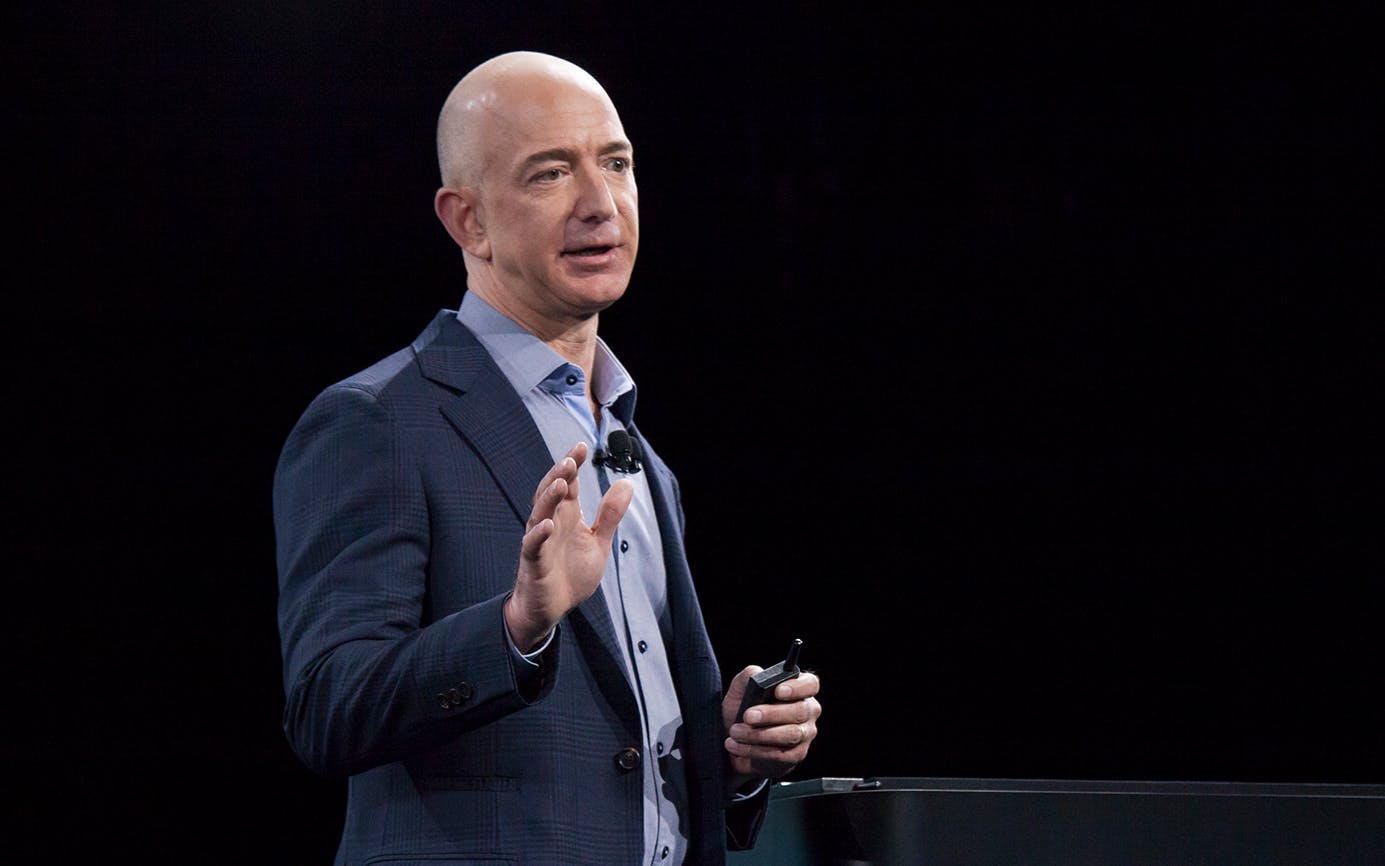
May 9, 2019
Bezos announces that Blue Origin is working on a manned moon landing vehicle called “Blue Moon,” which he expects to be in operation by 2024. It is the first step in Bezos’s plan to help humanity colonize the solar system.
- More About:
- Space

